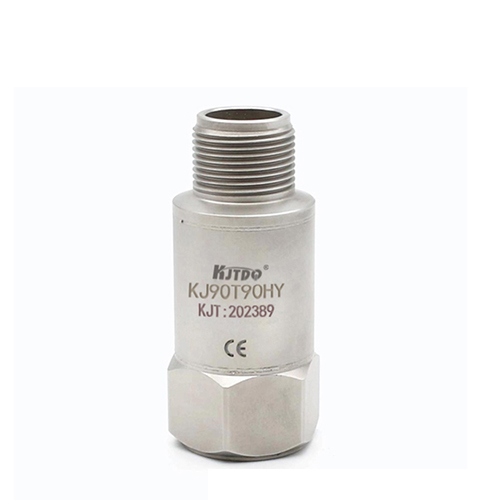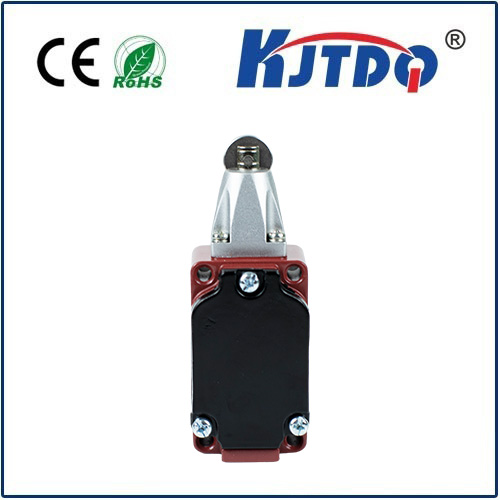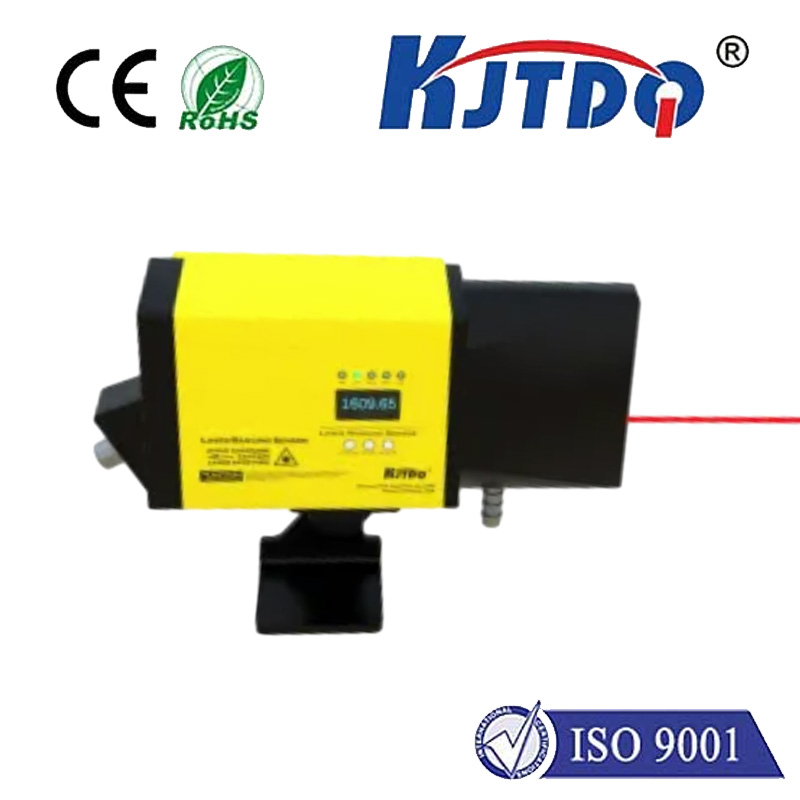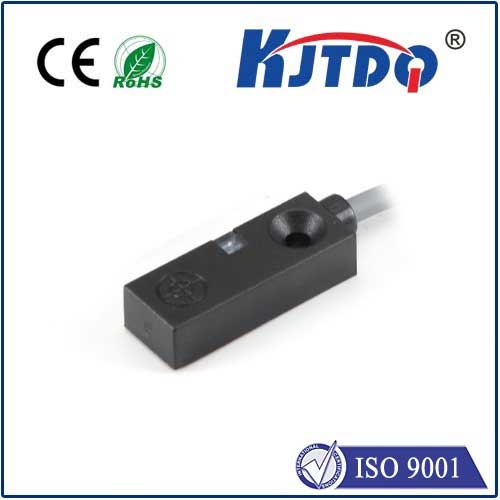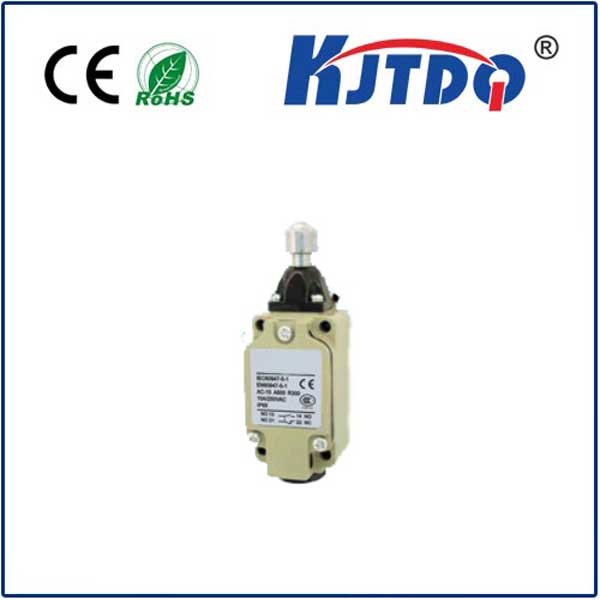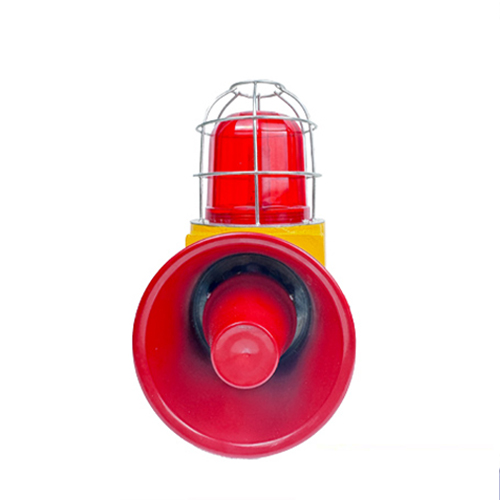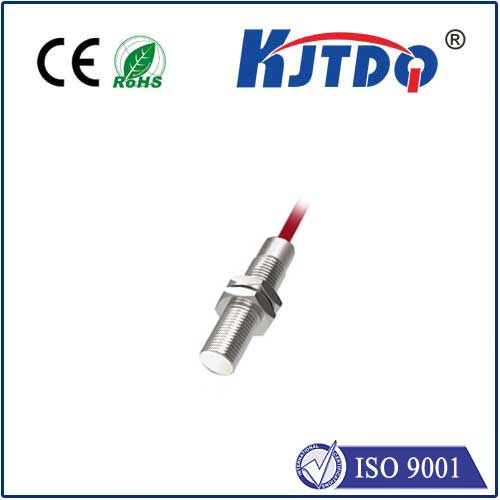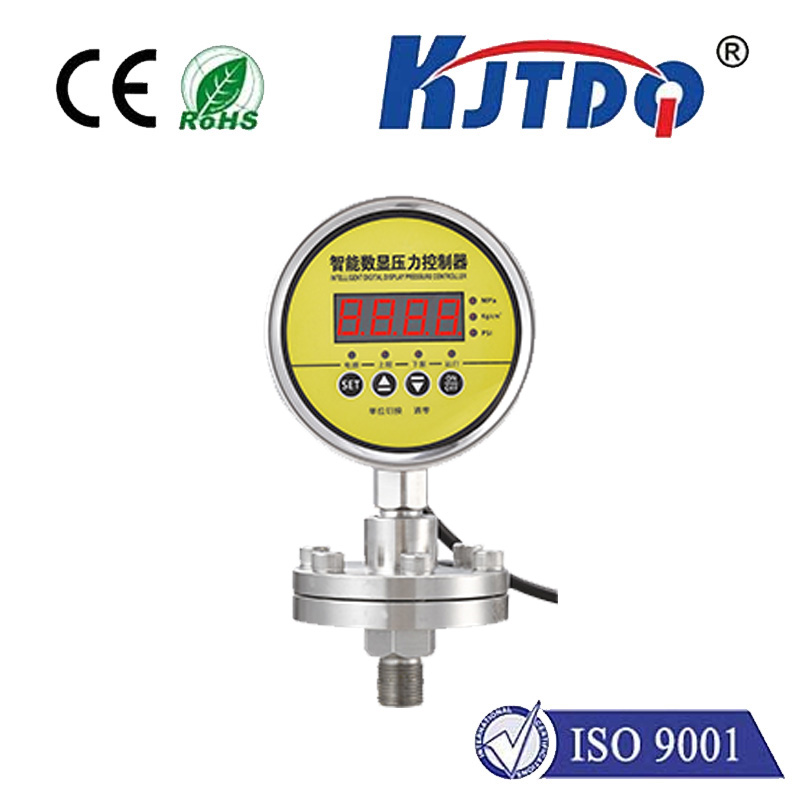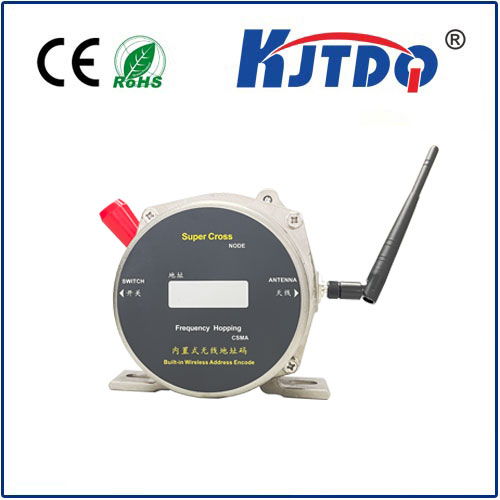высокотемпературный ограничитель
- time:2025-08-04 09:04:21
- Нажмите:0
High Temp Limit Switch: Your System’s Critical Thermal Guardian
Modern heating systems, industrial equipment, and countless appliances operate safely precisely because of an unassuming yet vital component: the High Temperature Limit Switch (HTLS). Often unseen and rarely celebrated, this small device acts as an essential sentinel against catastrophic overheating. Imagine your home furnace unexpectedly running non-stop, an industrial oven spiraling out of control, or a commercial dryer operating without restraint—the results could range from costly equipment damage to devastating fires. The HTLS exists to prevent precisely these scenarios, making it a cornerstone of thermal safety and system reliability across numerous industries.
Understanding the Core Function: A Thermal Circuit Breaker
At its most fundamental level, a высокотемпературный ограничитель is a safety thermostat designed to interrupt electrical power when a pre-determined, unsafe temperature threshold is reached. Think of it as a dedicated circuit breaker specifically for excessive heat. It consists of several key elements:
- Temperature Sensor: This component (often a bi-metallic strip, fusible alloy, or thermistor) detects the ambient temperature within the protected device or zone.
- Actuation Mechanism: When the sensor detects the critical high-limit temperature, it triggers a physical or electronic mechanism.
- Electrical Switch Contacts: This mechanism forcibly opens (or sometimes closes, depending on design) the electrical circuit controlling power to the heating element, burner, motor, or the entire system.
This deliberate shutdown is crucial. It halts the heat generation process, allowing the overheated system to cool down and preventing damage to components like wiring, insulation, motors, and structural elements. It acts as the final failsafe when primary temperature controls fail.

Where High Temp Limit Switches Are Essential
The application scope for HTLS devices is remarkably broad, underscoring their importance:
- HVAC Systems: Furnaces (gas, electric, oil), boilers, heat pumps, and duct heaters all incorporate limit switches. They prevent exchanger cracks, heat exchanger damage, or fires caused by restricted airflow or component failure.
- Home Appliances: Clothes dryers, electric ovens, stovetops, coffee makers, and space heaters rely on these switches for safe operation, protecting against lint fires or internal component meltdowns.
- Commercial & Industrial Equipment: Commercial cooking appliances (ovens, griddles, fryers), industrial ovens, plastic processing machinery (injection molding, extruders), packaging equipment, and motor controls use HTLS devices extensively.
- Electronics & Power Supplies: Power transformers, battery charging stations, and high-power electronics utilize limit switches to prevent thermal runaway.
- Process Industries: Chemical reactors, kilns, and drying chambers depend on reliable high-limit protection to maintain safe operating conditions.
Key Considerations When Selecting a High Temp Limit Switch
Choosing the right HTLS is critical for effective protection. Factors include:
- Temperature Rating: The trip point (the specific temperature where it activates) must be carefully calibrated. It needs to be high enough to avoid nuisance trips during normal operation but low enough to engage before dangerous temperatures and damage occur. Ratings typically range from below 100°F (38°C) to over 1000°F (538°C).
- Reset Mechanism:
- Automatic Reset: The switch resets itself once the temperature drops below the trip point. Suitable for situations where intermittent operation recovery is acceptable and safe. Risk: Potential cycling if the root cause persists.
- Manual Reset: Requires human intervention to physically reset after tripping. Crucial for safety-critical applications (e.g., furnaces, large industrial ovens) to ensure the underlying problem is investigated before restart.
- Current Rating (Amperage): Must be capable of handling the electrical load current it controls without degrading or welding contacts closed. Undersizing leads to premature failure and safety hazards.
- Type of Sensor & Response Time: Bi-metallic strips offer robust simplicity. Fusible links provide a one-time, absolute cut-off. Electronic sensors offer high precision and programmability. Response time (how quickly it trips) is vital in fast-rising heat scenarios.
- Environment: Resistance to vibration, moisture, dust, chemicals, and physical impact depends on the installation location. Robust construction is non-negotiable in harsh industrial settings.
- Mounting & Probe Type: Surface mount or immersion probe? Location relative to the heat source critically impacts accuracy and effectiveness.
Benefits Beyond Safety: Protecting Assets & Ensuring Uptime
While the primary role is safety, a well-chosen and maintained high temp limit switch delivers significant operational advantages:
- Preventing Costly Equipment Damage: Catastrophic overheating can destroy motors, heating elements, critical wiring, sensors, and structural components. An HTLS is a cost-effective insurance policy.
- Reducing Fire Risk: By interrupting power to ignition sources or overheating components, it directly mitigates one of the most severe operational hazards.
- Minimizing Downtime: Early intervention via a trip prevents small issues from escalating into major failures requiring lengthy repairs or replacements. Manual reset models enforce necessary diagnostics.
- Extending Equipment Lifespan: Preventing excessive thermal stress significantly contributes to the longevity of all system components.
- Regulatory Compliance: Many industries and safety standards (UL, CSA, IEC, NFPA) mandate the use of certified high-limit protection devices.
The Future: Smarter Thermal Protection
HTLS technology continues to evolve. Integration with building management systems (BMS) and Industrial Internet of Things (IIoT) platforms allows for remote monitoring of switch status and temperature trends. This facilitates predictive maintenance – identifying trends that might indicate a failing primary thermostat or restricted airflow before a limit trip occurs. The fundamental principle, however, remains unchanged: providing a reliable, non-negotiable safety cut-off when temperatures exceed safe limits.
Regular inspection, testing (where feasible per design), and replacement according to manufacturer guidelines or as indicated by failure to trip during maintenance are vital. This small, often overlooked component is quite literally the difference between safe operation and potential disaster. Its silent vigilance underpins the safe and efficient running of heating systems and equipment worldwide, truly making it a thermal safety guardian.

